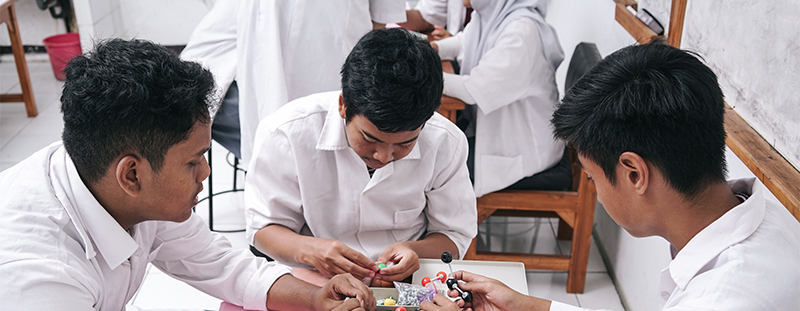

In today’s fast-paced world, students are often juggling multiple responsibilities—academic commitments, extracurricular activities, and personal interests. Finding a harmonious balance between these areas is crucial for maintaining well-being and achieving success. For both students and parents, understanding how to manage these responsibilities effectively can lead to a more fulfilling and less stressful experience. Here’s a comprehensive guide to help you navigate the balancing act between academics and extracurriculars.
Define Your Priorities: Understanding what matters most is the first step in achieving balance. Students should evaluate their academic goals, interests, and extracurricular activities to determine their priorities. Parents can assist by helping their children identify what they want to achieve and focusing on their strengths and interests.
Set Realistic Goals: Once priorities are clear, set achievable goals for both academics and extracurriculars. These goals should be specific, measurable, attainable, relevant, and time-bound (SMART). For example, if a student wants to excel in a particular subject while participating in a sport, setting specific targets in both areas will help manage time effectively.
Develop a Weekly Plan: A well-structured schedule is essential for balancing multiple commitments. Students should create a weekly planner that includes time blocks for schoolwork, extracurricular activities, family time, and relaxation. Parents can help by encouraging the use of digital tools or planners to keep track of assignments, practice sessions, and other obligations.
Avoid Overcommitment: While it’s tempting to participate in numerous activities, overcommitting can lead to stress and burnout. Students should evaluate their schedule regularly to ensure they are not spreading themselves too thin. Prioritize quality over quantity by choosing a few activities that align with personal interests and goals.
Use Time Management Techniques: Adopting effective time management techniques can help students stay organized and focused. Techniques such as the Pomodoro Technique, time blocking, and the Eisenhower Matrix can improve productivity and efficiency. Encourage students to break tasks into smaller, manageable chunks and set time limits for each task.
Incorporate Flexibility: While structure is important, flexibility is also key. Unexpected events or changes in workload can disrupt schedules. Having a flexible mindset allows students to adapt their plans as needed without becoming overwhelmed.
Regular Check-Ins: Open communication between students and parents is crucial for understanding and addressing any issues related to balancing academics and extracurriculars. Regular check-ins allow both parties to discuss progress, challenges, and adjustments needed in the schedule.
Encourage Honest Dialogue: Students should feel comfortable expressing their concerns and challenges. Parents should provide a supportive environment where students can share their feelings and seek guidance. Honest dialogue helps in making informed decisions about managing commitments and avoiding unnecessary stress.
Prioritize Health and Wellness: Balancing academics and extracurriculars should not come at the expense of health and well-being. Ensure that students have adequate sleep, nutritious meals, and time for physical activity. Incorporating relaxation and mindfulness practices can help reduce stress and maintain overall well-being.
Schedule Downtime: In addition to structured activities, it’s important to schedule downtime for relaxation and hobbies. Time for leisure activities, socializing with friends, and spending time with family helps in maintaining a balanced lifestyle and preventing burnout.
Utilize School Resources: Schools often provide resources and support to help students manage their workload. Students should take advantage of academic counseling, tutoring services, and extracurricular programs offered by the school. Parents can collaborate with teachers and school staff to ensure that their child’s needs are met.
Explore External Resources: There are also external resources available, such as time management workshops, online tools, and educational apps, that can assist students in balancing their responsibilities. Seeking out these resources can provide additional strategies and support.
Balancing academics and extracurriculars is a dynamic process that requires careful planning, effective time management, and open communication. By setting clear goals, creating a structured schedule, and prioritizing self-care, students and parents can navigate the demands of school and activities successfully.
A balanced approach ensures that students can excel academically while enjoying their extracurricular interests, leading to a well-rounded and fulfilling experience. For further guidance on managing school and activities, or if you need additional support, feel free to reach out. Together, we can create an environment where students thrive academically and personally.